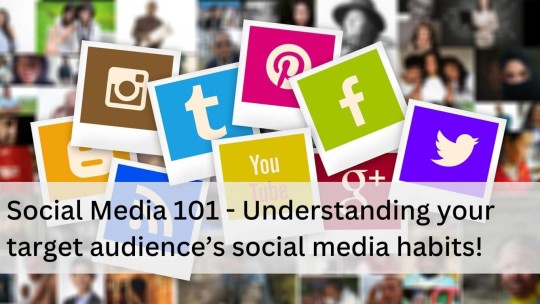10 steps to create your effective brand guidelines!

Here are ten steps to follow when creating your brand guidelines:
1. Define your brand identity:
Continue Reading






 -->
-->

